
Wood Stork (Mycteria americana) |
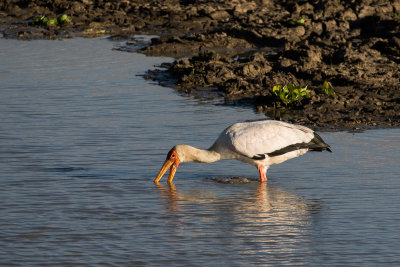
Yellow-billed Stork (Mycteria ibis) |

Yellow-billed Stork (Mycteria ibis) |
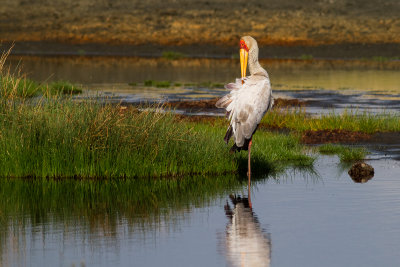
Yellow-billed Stork (Mycteria ibis) |
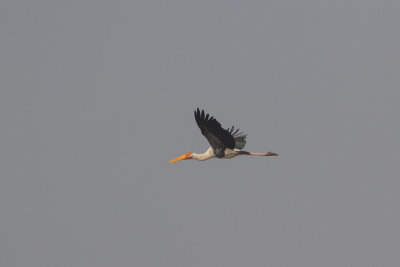
Painted Stork (Mycteria leucocephala) |

African Openbill (Anastomus lamelligerus) |
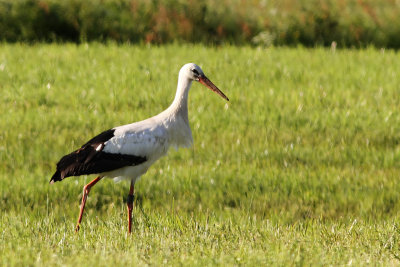
White Stork (Ciconia ciconia) |
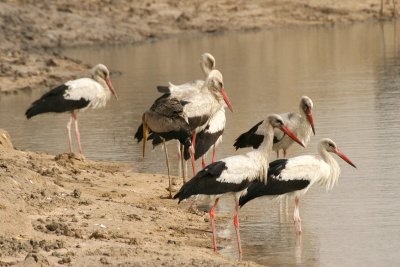
White Storks (Ciconia ciconia) and one Yellow-billed Stork (Mycteria ibis) |
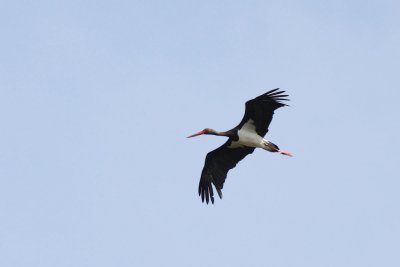
Black Stork (Ciconia nigra) |
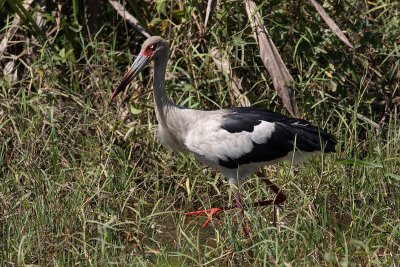
Maguari Stork (Ciconia maguari) |
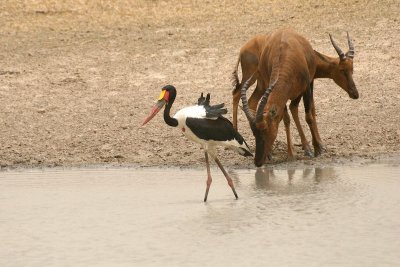
Saddle-billed Stork (Ephippiorhynchus senegalensis) |
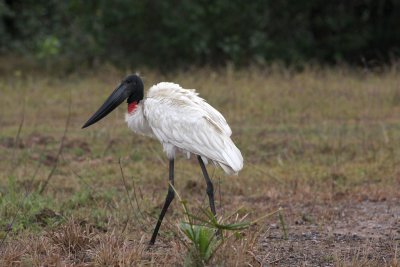
Jabiru (Jabiru mycteria) |
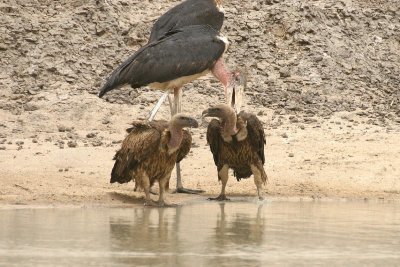
White-backed Vulture (Gyps africanus) and Marabou Stork (Leptotilos crumeniferus) |











